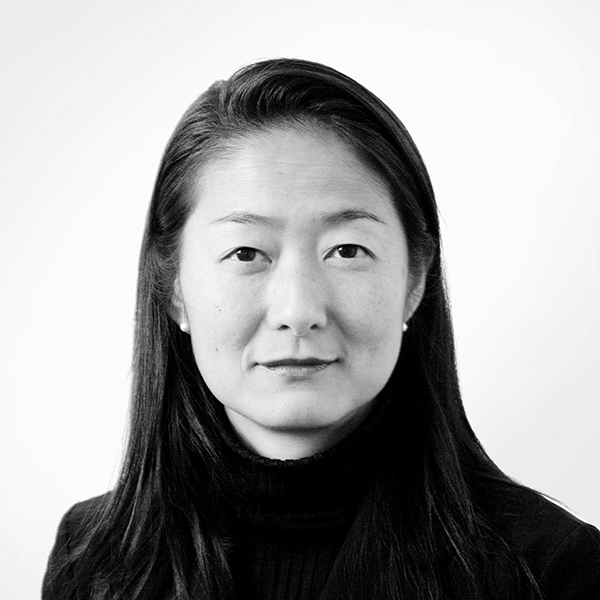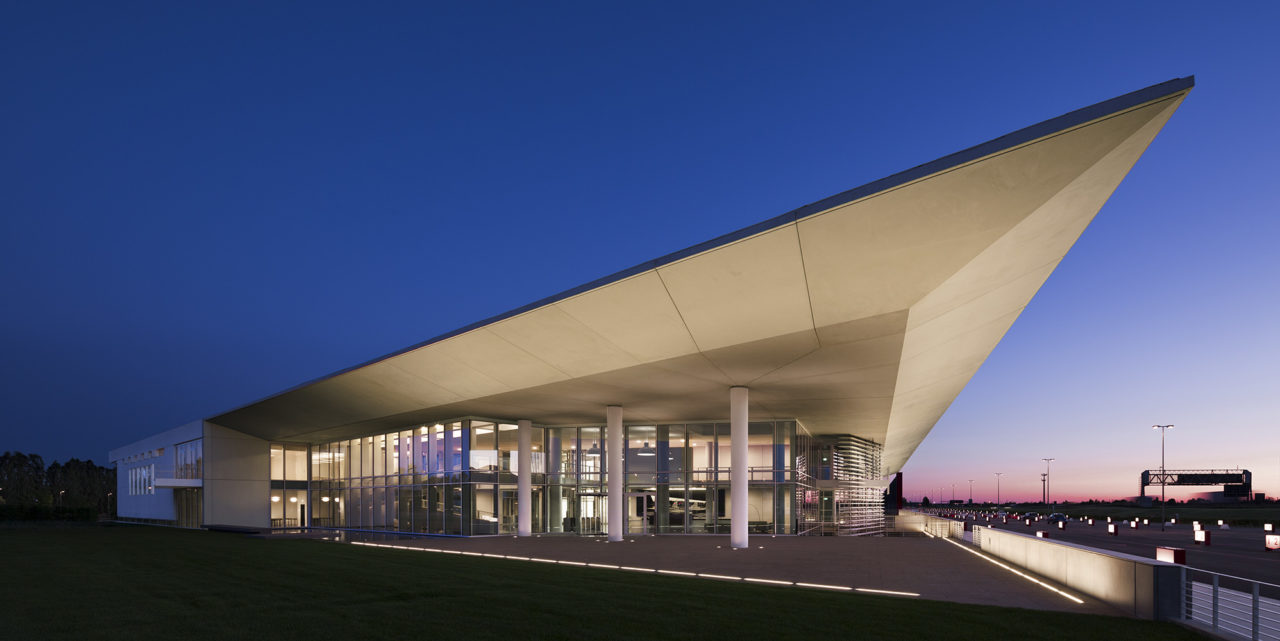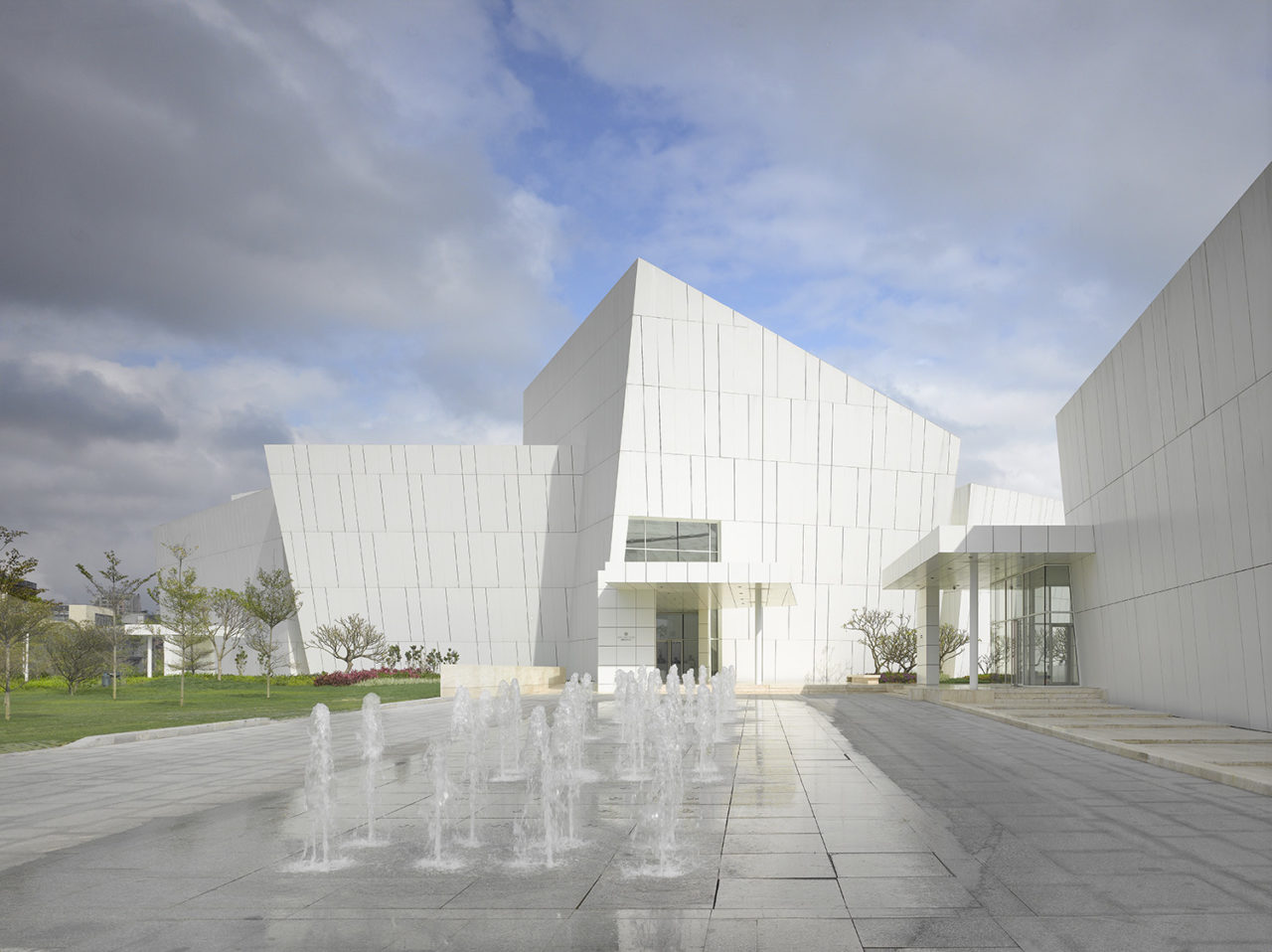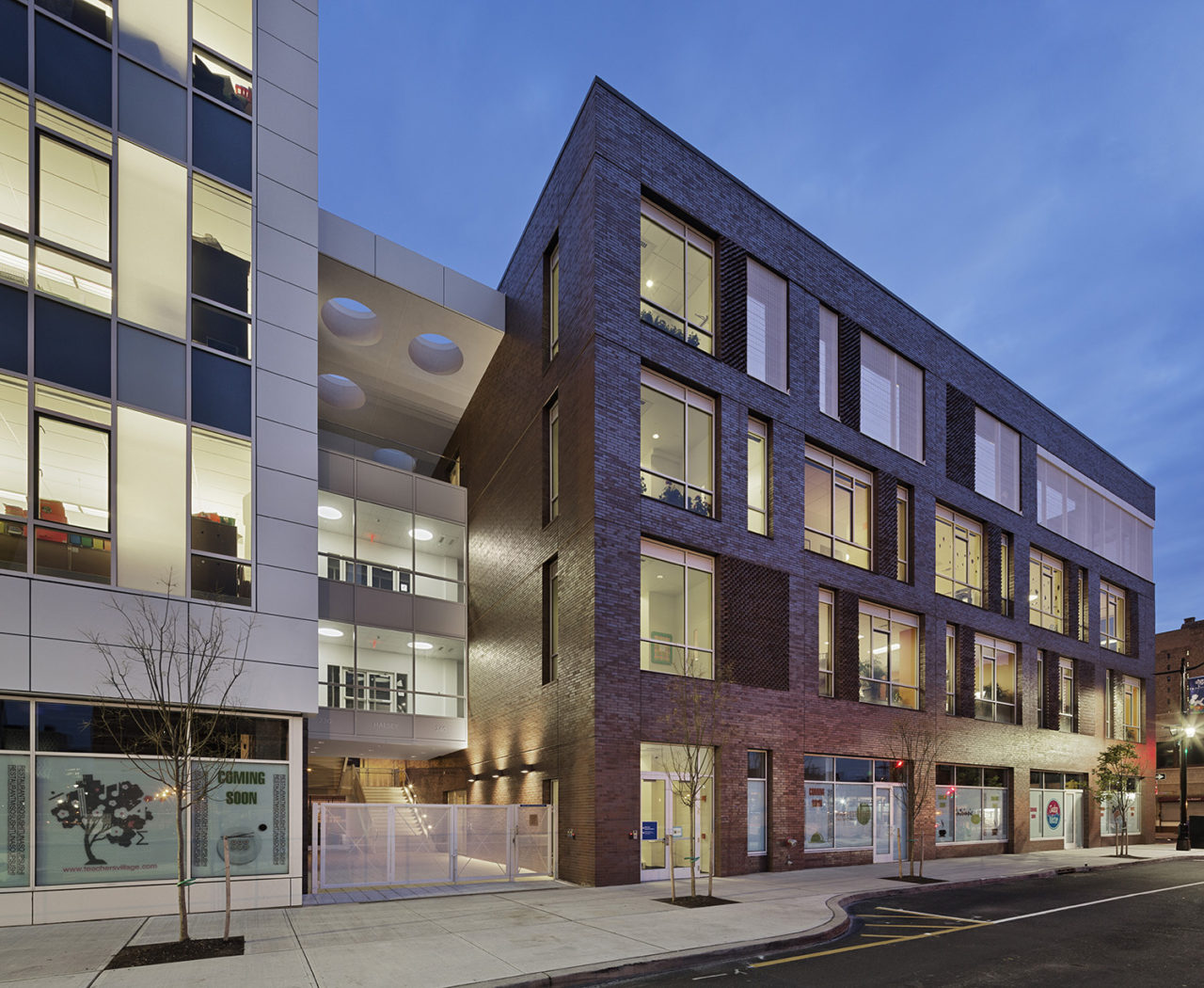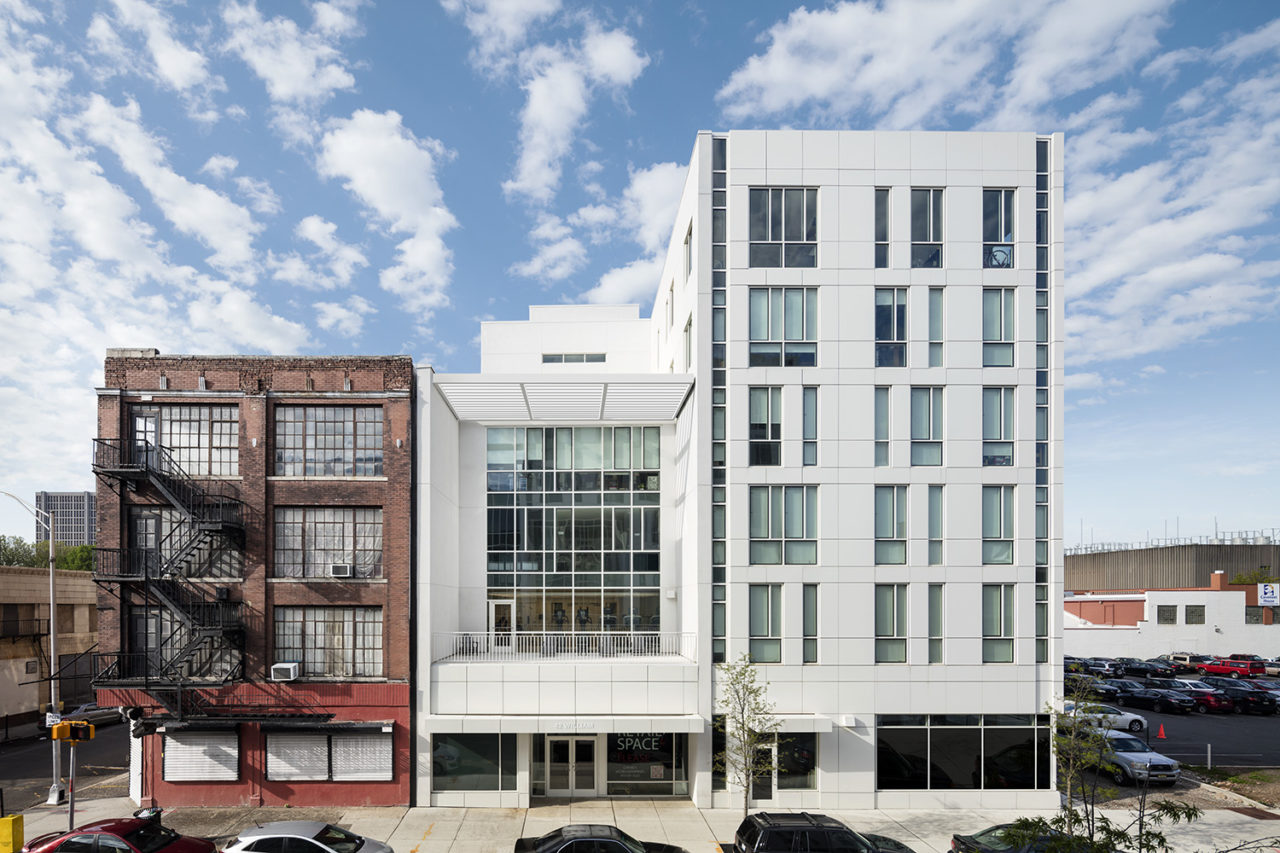by: AIA New York
Vivian Lee, FAIA, LEED AP, designs meticulously crafted buildings that—through environmental calibration, technological innovation, and a keen understanding of local context and socio-cultural differences—promote an architecture predicated on sustainability, equity, and beauty. Prior to joining Woods Bagot as Studio Executive Director earlier this year, Lee had already led extraordinarily diverse, award-winning projects in Europe, Asia, and the US including commercial office towers, hotels, airports, universities, corporate interiors and residential work. Her portfolio includes the recently completed SoMA Master Plan and Teachers Village Charter Schools and Workforce Housing in Newark, New Jersey; the OCT Clubhouse in Shenzhen, China; and Italcementi i.lab in Bergamo, Italy. Lee also serves at co-chair of the AIANY Women in Architecture Committee, where she has spearheaded a number of mentorship and advocacy initiatives focused on promoting and advancing the role of women in architecture and in the workspace.
This year, the Jury of Fellows of the AIA elevated Lee to its prestigious College of Fellows in the first category of Fellowship, which recognizes architects who have “Promoted the aesthetic, scientific, and practical efficiency of the profession,” according to the organization’s definition. While only three percent of the AIA’s membership is distinguished with Fellowship, Lee’s investiture will be held at a future AIA Conference and AIANY’s next New Fellows Reception.
Q: What is influencing your work the most right now?
A: As the Studio Executive Director at Woods Bagot, I work every day with a group of incredibly talented and dedicated people whose energy engages and motivates me to pursue projects that put people first. Capitalizing on our firm’s resources, we are focusing on data analysis, technology, and innovation to derive the most efficient architectural and economical solutions. We are employing digital measures to do our work, and implementing sustainable features to be integral to the design process. As the co-chair for the AIANY Women in Architecture Committee, my goal is also to promote and advance women in our office to build an equitable, diverse, and inclusive working environment.
Q: What are some of your favorite recent projects that you’ve worked on?
A: Before joining Woods Bagot, I dedicated 10 years to the SoMa Master Plan project in downtown Newark, NJ, spearheading an ambitious initiative to revitalize a once vibrant city and to create a new community. Teachers Village was Phase I of the master plan, which included two charter schools, workforce housing primarily dedicated to teachers, and supporting retail, all woven into the existing context. Not only is the project a catalyst for bringing jobs, housing, and schools to the city, it is also one of the first urban projects in the country to achieve a Silver Certification for LEED-ND (Neighborhood Development).
Q: How do you feel about the state of the industry right now?
A: The industry has been continually evolving since the day that I started my career 30 years ago. I anticipate a paradigm shift from the way we think, interact, and practice, and it will catapult to a new thought and economic process, by engaging technology and industries outside of architecture. Collaboration and cross-pollination will afford us new perspectives and opportunities, keeping in mind that excellence in design will continue to define what we do, with more emphasis on people, the environment, and the social aspects of creating meaningful places and spaces.
Q: What are your thoughts on architectural education today?
A: Constant and rapid advancements in digital and physical technology afford the students innovative ways to think and solve problems. However, they are tools that still need a creative mind, careful thought process, and understanding of the programmatic needs to deliver viable solutions. The students should not rely on just using the digital platform to design, but put emphasis on delineating and expressing architecture through conceptual sketches and narratives. It is also important that an architectural education include an introduction to the business aspect of the practice, teach the students social and environmental responsibilities, provide basic communication and leadership skills, and be creative and nimble enough to adapt to an evolving society.
Q: What are your greatest sources of inspiration?
A: Inspiration can be from a myriad of sources—places, arts, culture, literature, technology, nature, and especially people. From my personal experience, each source has influenced me to become who I am as a person, an architect, a mentor, and a leader. Every day, I witness and learn about women making a difference in our world, and that gives me hope, energy, and a drive to move forward. I am grateful, in particular, to those who have already made significant contributions to our profession, and excited to see a thriving generation of architects starting their careers with the courage to try something new.
Editors’ Note: This feature is part of a series celebrating the members of the American Institute of Architects (AIA) New York Chapter who are elevated each year to the AIA College of Fellows, an honor awarded to members who have made significant contributions to both the profession and society. Learn more about Fellowship here.








